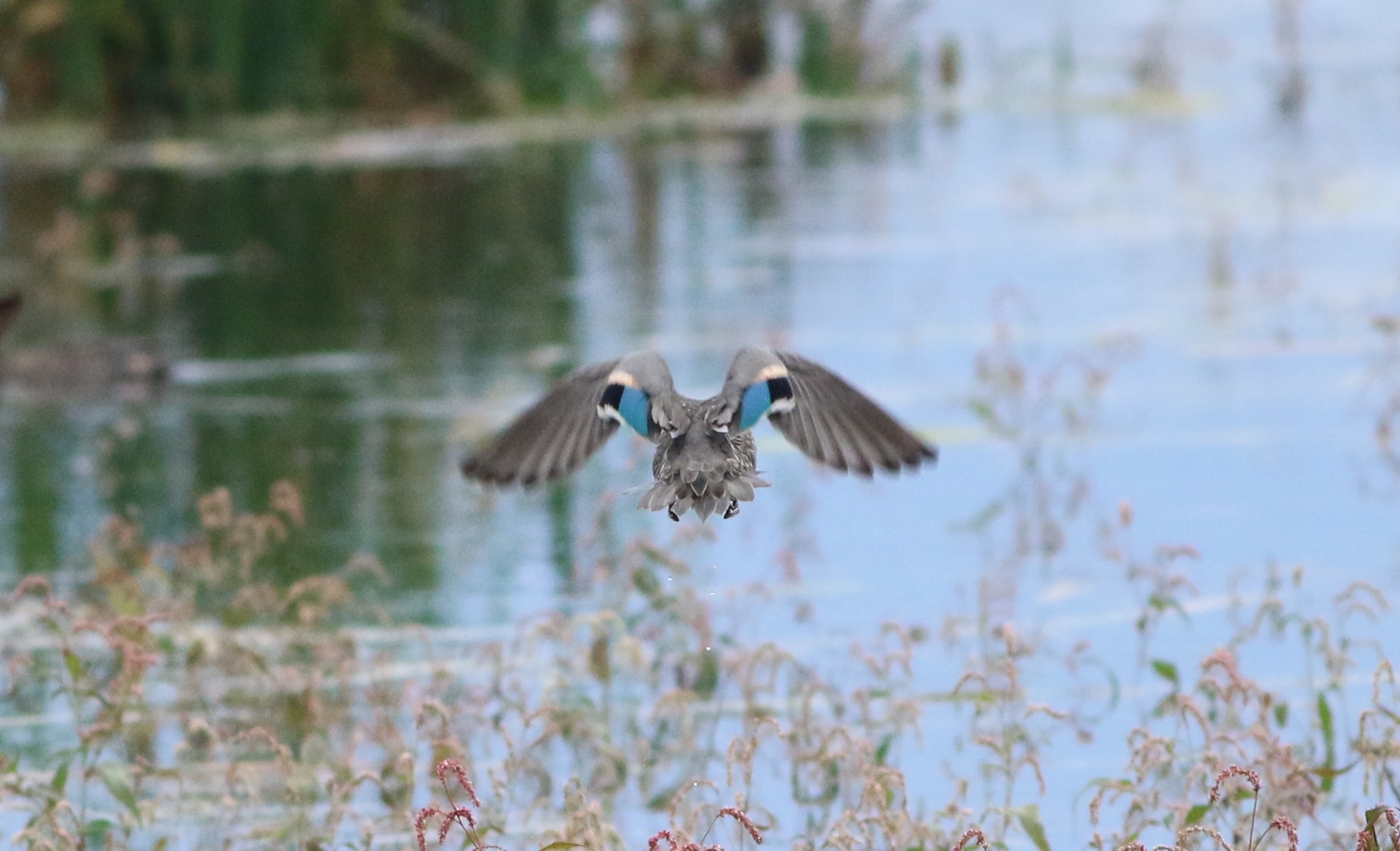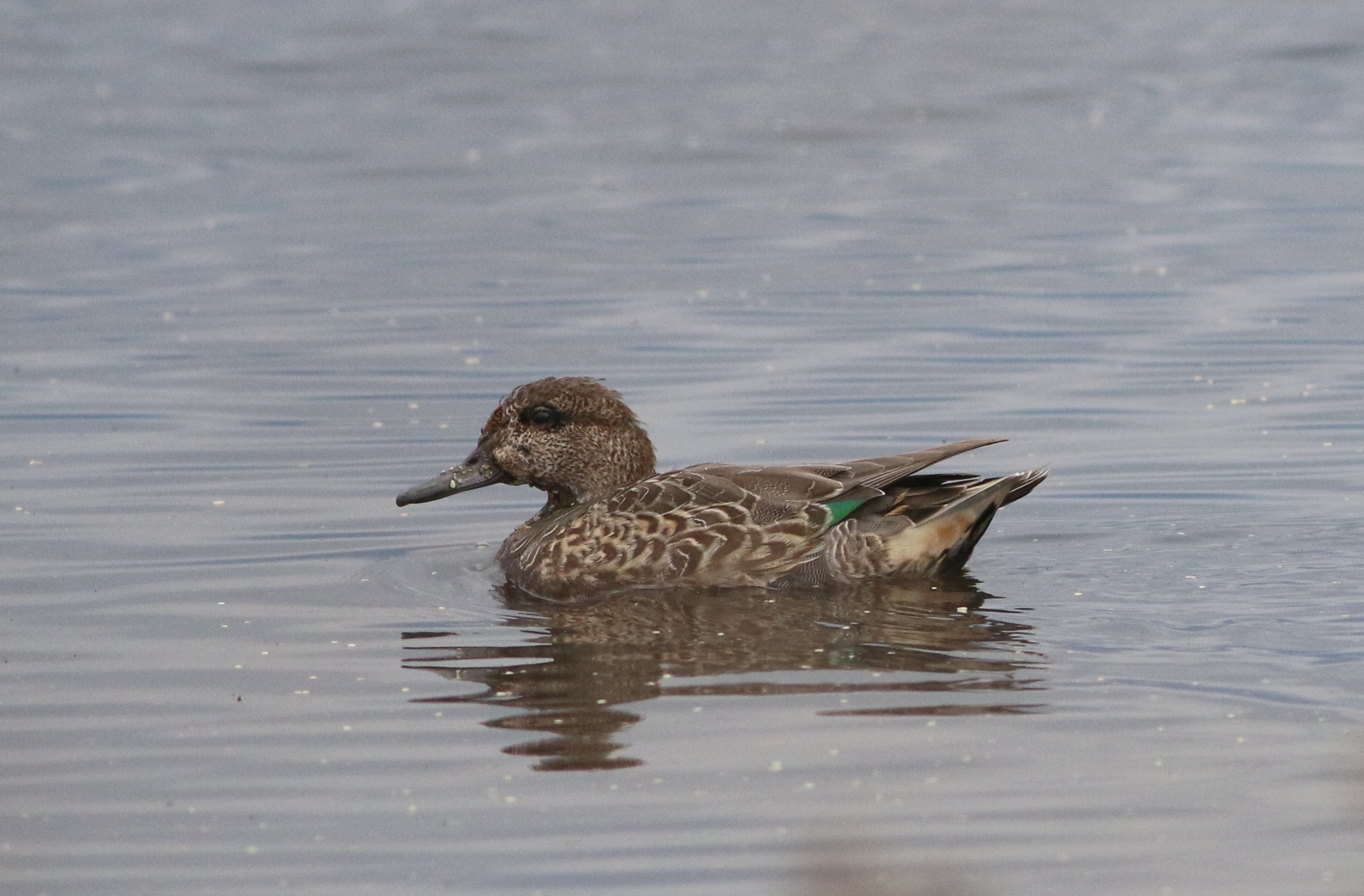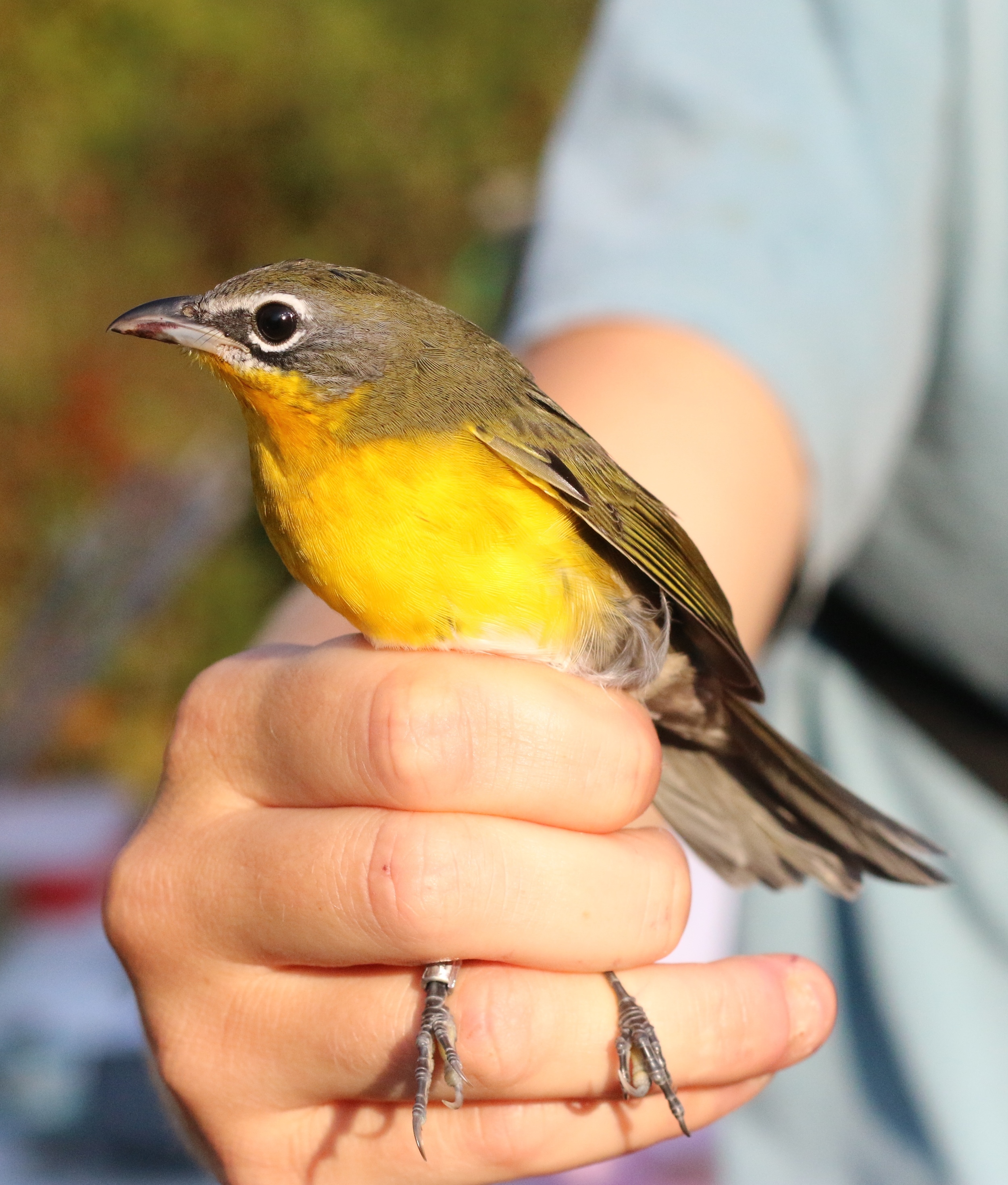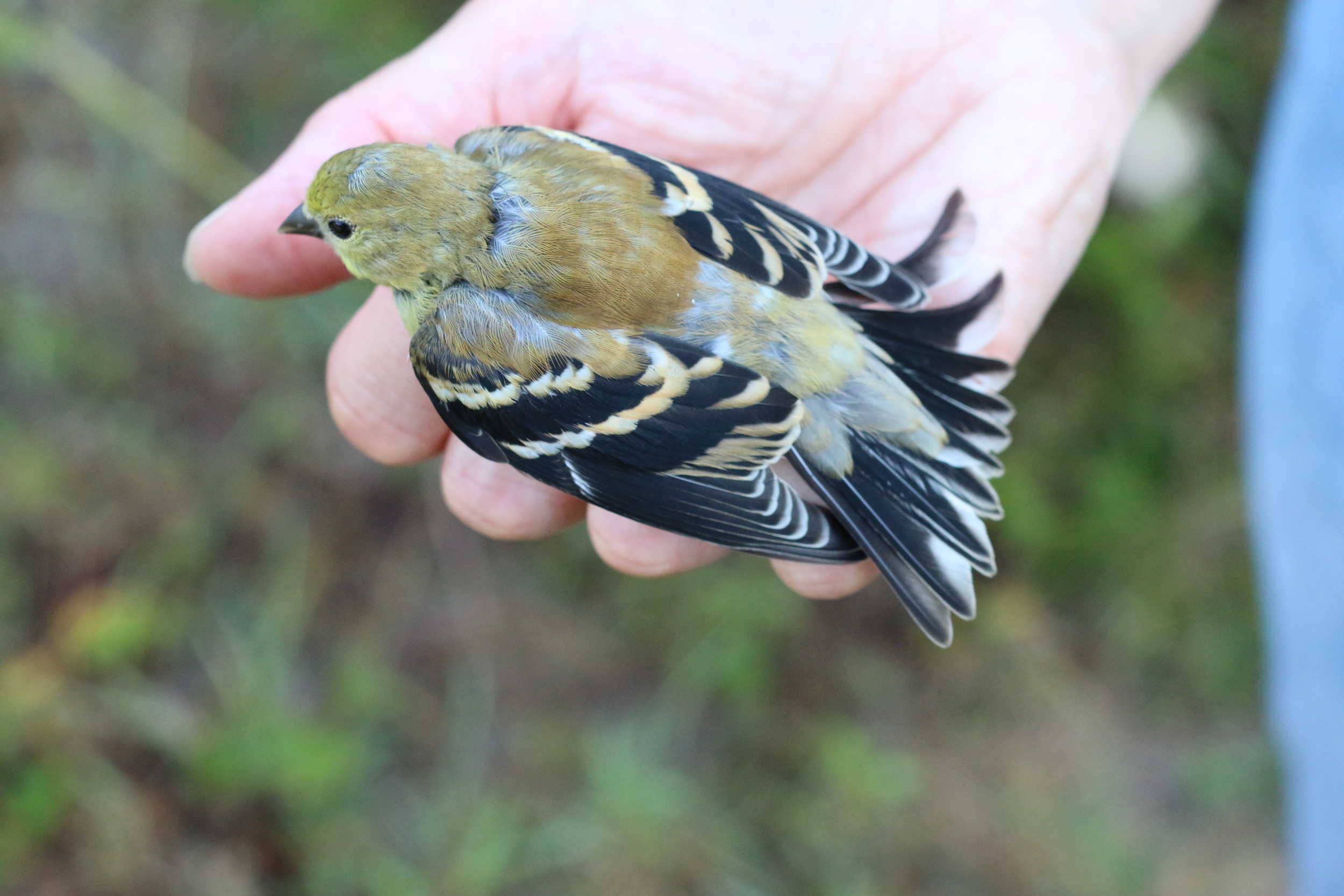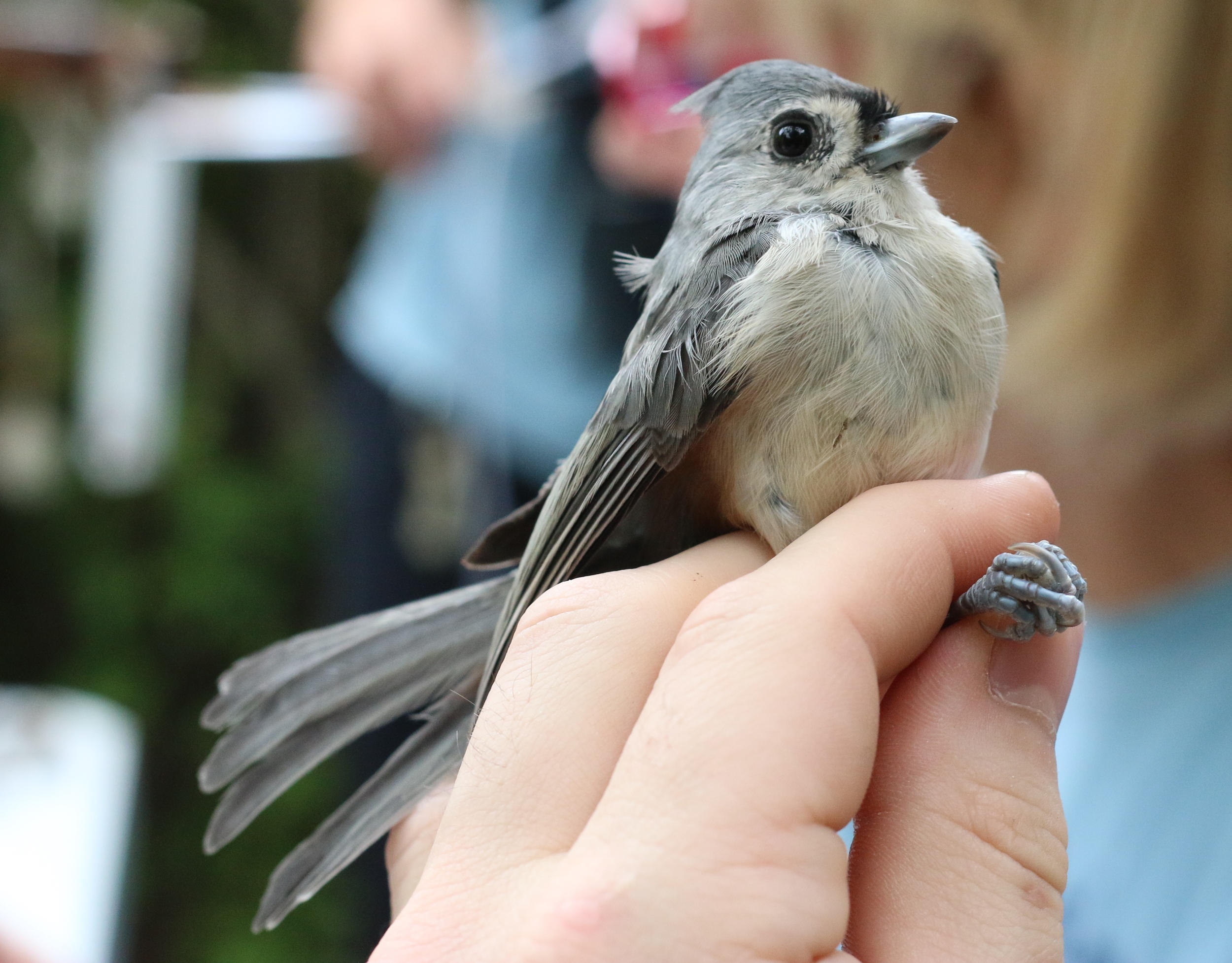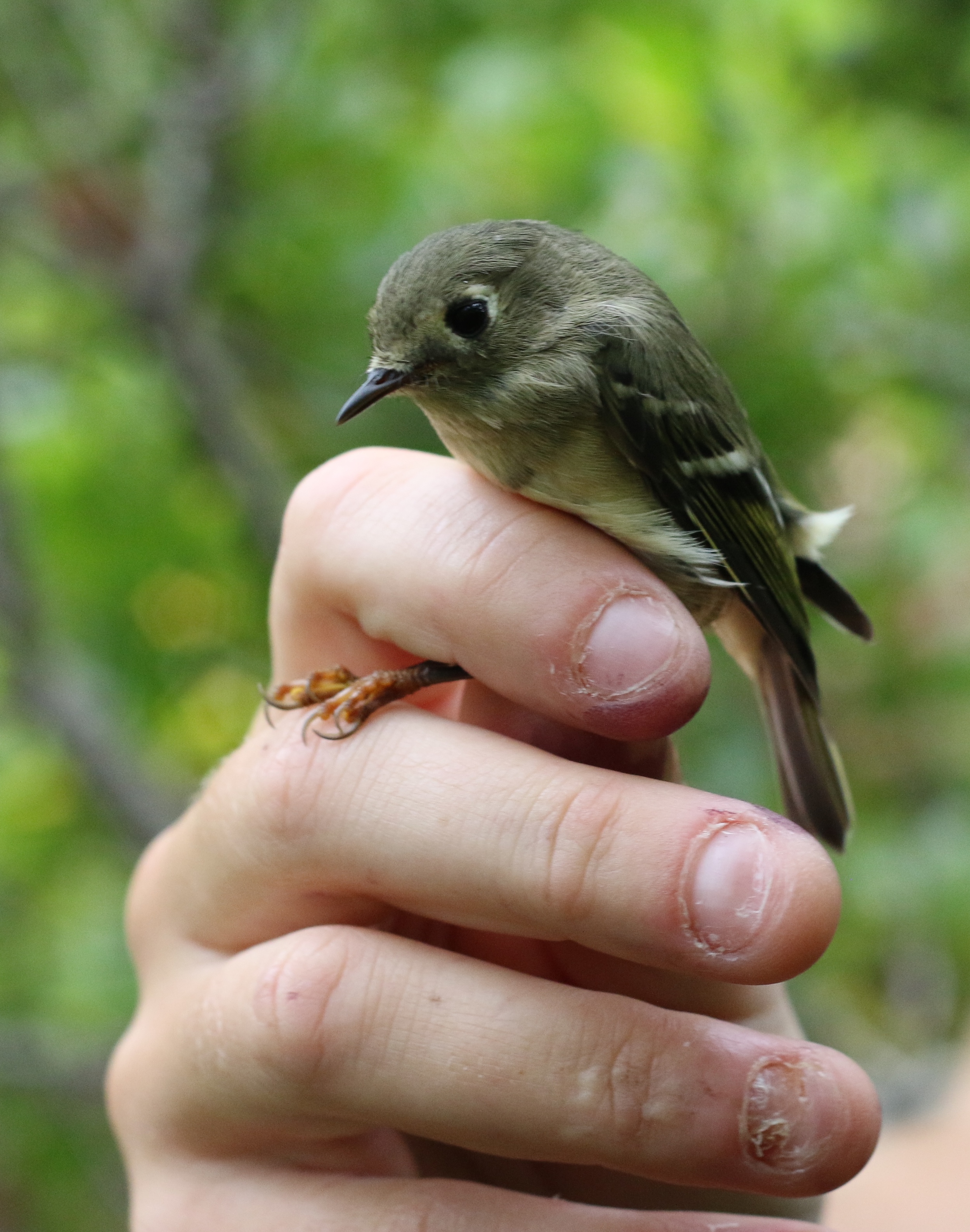Originally written September 5, 2013
I pull myself out of bed at five AM, wrestle my headphones into my ears so I can focus on shorebird calls while I brush my teeth, triple check the route I have marked on my map, and bound out the door to greet my bicycle. I am dressed in my usual attire: binoculars and a camera slung over my shoulders, a pencil and paper in my pockets and Peterson’s Field Guide to North American Birds strapped to my back with a belt. I greet the sun rising over Cape Cod as I pedal towards Chapin Beach. If I can arrive before six, I will be there at low tide. According to a local birder, my “whole mind will be blown to pieces.”
I feel my heart leap into my throat. A whoop of joy disrupts the morning quiet as my eyes devour the smorgasbord of shorebirds. As soon as I reach the beach, my binoculars are glued to my eyes. The sheer number of birds overwhelms me. The telephone wires above my head dip with the weight of hundreds of swallows, the sky is filled with a storm of gulls and terns, and the rolling sand mirrors the rippling water with the motion of countless foraging shorebirds. And then suddenly, a sleek, black hawk disturbs the scene by startling an entire group of sandpipers into flight. As they wing by me, moving as though following the directions of a choreographed dance, the white edges of their wings flashing in unison as they turn, there is no doubt in my mind that I must be the luckiest person in the world.
---------------------
When I was four, my grandpa put a pencil into my hand and began to teach me how to draw by copying a cow on a milk carton. What he actually taught me was magic. Even as a child, I was enraptured by the natural world. I would constantly pour through books on animals, fantasizing about meeting them in real life and inventing stories about the adventures I would have. When I learned how to draw, suddenly, I could use my new ability to bring these stories to life as I copied the images of other peoples’ adventures. In this way, I saw the creatures I dreamed about without ever walking out my door. I was so enthralled by my two-dimensional creations that I never considered that I was missing anything. My drawings were enough.
Or at least they were, until I started watching birds.
I will never forget the moment when I realized that, for all of the time I had spent looking at and drawing pictures of the creatures I thought that I loved, I might as well have spent my life with my eyes closed. I was sitting in a canoe, trying desperately to spot what my professor in the bow insisted was a fist-sized bird called a yellow warbler right in front of us. To my despair, it remained invisible-until I returned to shore, raced to the library, and opened a field guide. As my eyes finally fell upon the soft, golden feathers that cover the bird from head to tail, glowing amid the summer-green foliage in the background of the photograph, I could feel my chest contract with the awareness that I had stumbled upon something extraordinary. Yet at the same time, my discovery was tinged with unease. How could I have missed something so yellow, so bright? How could I have spent my entire life flipping though books of animals and still remain oblivious to its existence? And worse, if I had missed this, what else had I been missing?
Determined to now see what I had been blind to, I set out to look for birds. I knew there must be hundreds more to acquaint myself with. The first place I consciously birded was a pond near my house. There were ducks everywhere. No, not ducks-mallards. Delighted with this rudimentary identification, I then began to draw them. I must have seen mallards hundreds of times before. Yet it was only when I started to draw them from life that I noticed just how colorful they are: iridescent green heads, bright orange bills and feet, and a beautiful purple-blue stripe on each wing bordered by strips of white. And they are such clowns! I found myself laughing as their rear ends bobbed up and down, their webbed feet flailing in the air as they dabbled for food.
The mallards were just the beginning. As I spent hours looking for more birds, it did not take me long to realize I had been missing much more than the knowledge of a particular species. Such ignorance was eclipsed by how little I actually knew about birds as living creatures. As I crawled on my stomach toward great blue herons, praying that I would get close enough for a quick sketch before they flew off with a squawk, I found that my preconceived notions of a calm, graceful bird lacked a vital trait: herons are actually wimps! Such a large bird, yet it bolts the moment it senses my presence. Meanwhile, the tiny chipping sparrows, small enough that I can crush one beneath my feet, are so brave that I can walk to within a few feet of them without disturbing their foraging. Nothing but admiration there!
I continued to make such discoveries, observing that many of the conventional attitudes I had adopted about certain birds over the course of my life from second-hand sources were incomplete. Yes, enormous groups of Canada geese can infuriate people as they overrun golf courses. Perhaps the idea of a turkey vulture digging into a carcass is revolting. But when I actually watched these birds, I instead felt empathy with the iron loyalty between members of Canada geese flocks. Realizing that vultures transform the dead into new life brings me comfort whenever I now see one soaring above me.
When I show people my bird drawings, I am constantly asked the deceptively straightforward question: “why do you love drawing birds so much?” It is hard to articulate a simple answer. I could reply, from an artist’s standpoint, that it is because birds are aesthetically and behaviorally mesmerizing. Or, I might try to explain from the perspective of an athlete. Birding can be competitive: a single species prevents me from retaking my position as the number two birder in Dutchess County. Whenever I receive news that the woman who sent me to slot three has found a new bird that I have yet to meet, I take off on my bicycle to track it down. I do not think I will ever forget when I tried to find the cliff swallows she had reported. When I arrived at the exact coordinates twenty-seven miles later, I found a house. I decided my rival must have trespassed onto the property to find the birds that eluded me. It was only later that night I realized she had not been trespassing-instead of swallows, I had found out where she lives!
Most often, though, I tell people that birds have inspired some of the most awesome adventures I could have dreamed about. Chasing after birds has led me to do things I never imagined I could do, whether it be biking fifty miles in a single afternoon to see purple martins, hiking up mountains for eleven hours to find Bicknell’s thrush, or kayaking in a thunderstorm looking for sora rails and least bitterns. As I draw the birds I encounter, I no longer need to rely on copying or living vicariously through the works of others. Instead, I can draw pictures from my own sketches and photographs that recall the moments of discovery. In this way, the birds I draw are special- they are more than just an anatomical rendering meant to bring the bird to life on paper. They are also a story; a synthesis of my memories of the time and place when the threads of my life and the birds I met became intertwined. And it is because I feel connected to them in this way that the true reason I love drawing birds so much is, actually, remarkably simple. It is because I love them.
Since I started watching birds, I have seen over 300 different species. More importantly, though, I have met over 300 different creatures with personalities so unique that I could never have understood them without meeting them firsthand. It is this personality, the true spirit of each bird, which I want to depict as together, the birds and I tell the world the wondrous stories that bring us both to life through drawing. Worldwide there are 10,324 different species, and I aim to meet and draw every single one in my lifetime. It is this dream that makes me ever eager to wake up with the sun, leap onto my bicycle, and head off on yet another adventure.
Countless adventures after the day my world changed forever, I again sit in a boat trying to lay eyes upon birds. My professor and I shout the names of the creatures that flit, swim, and soar across the water ahead of us: “Tree swallow! Cormorant! Bald eagle!” I can see them easily as I turn my binoculars skywards to get a better look at the creamy white face of the eagle that is half hidden in silhouette as it passes beneath the golden rays of the setting sun. The water is dizzyingly brilliant around us as the light dances atop the water like millions of diamonds. It is absolutely beautiful. Suddenly, I hear a birdsong that I will remember for as long as I live. “Sweet sweet I’m so sweet!” I turn my gaze to see a flash of gold not caused by the day’s end. A smile stretches across my face as my eyes fall upon the small yellow orb hopping to and fro among the branches of a tree on the nearby shore. To me, its soft, gleaming feathers and its melodious voice are even more beautiful than the water’s glittering surface.
“Yellow warbler!” I call out.
I really am the luckiest person in the world.

